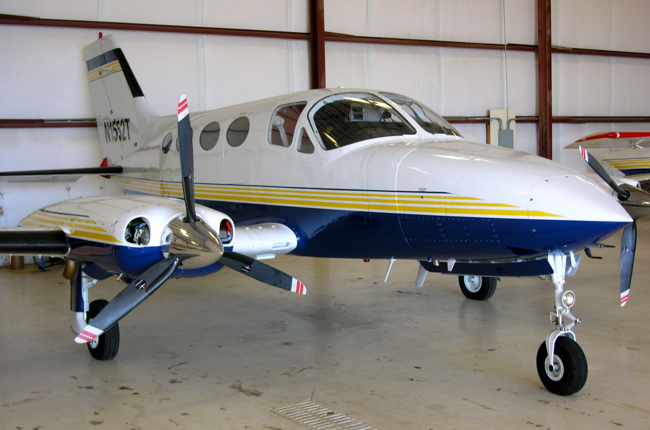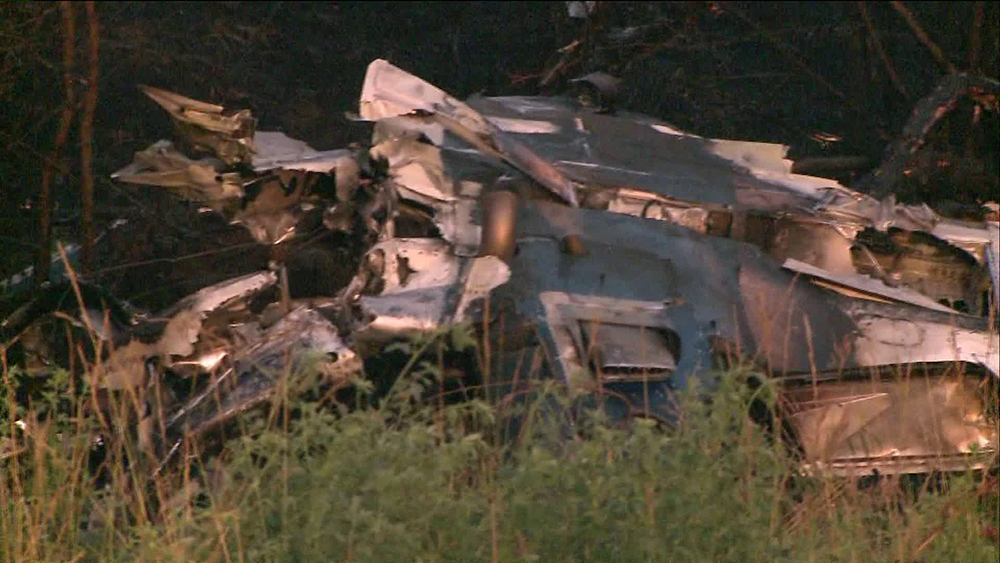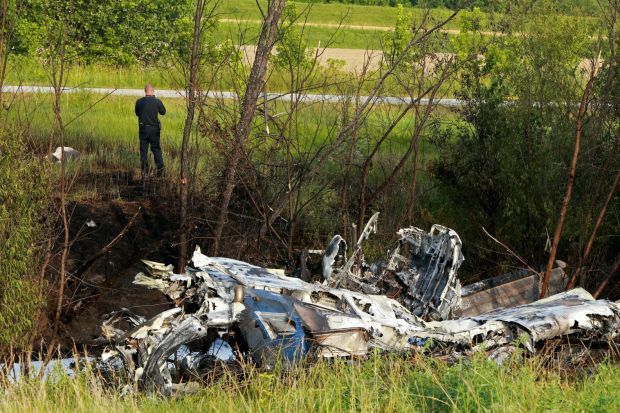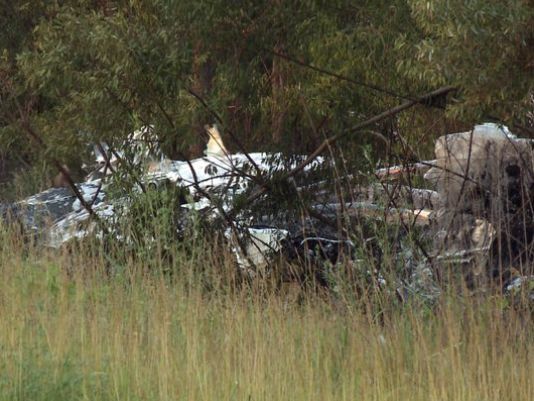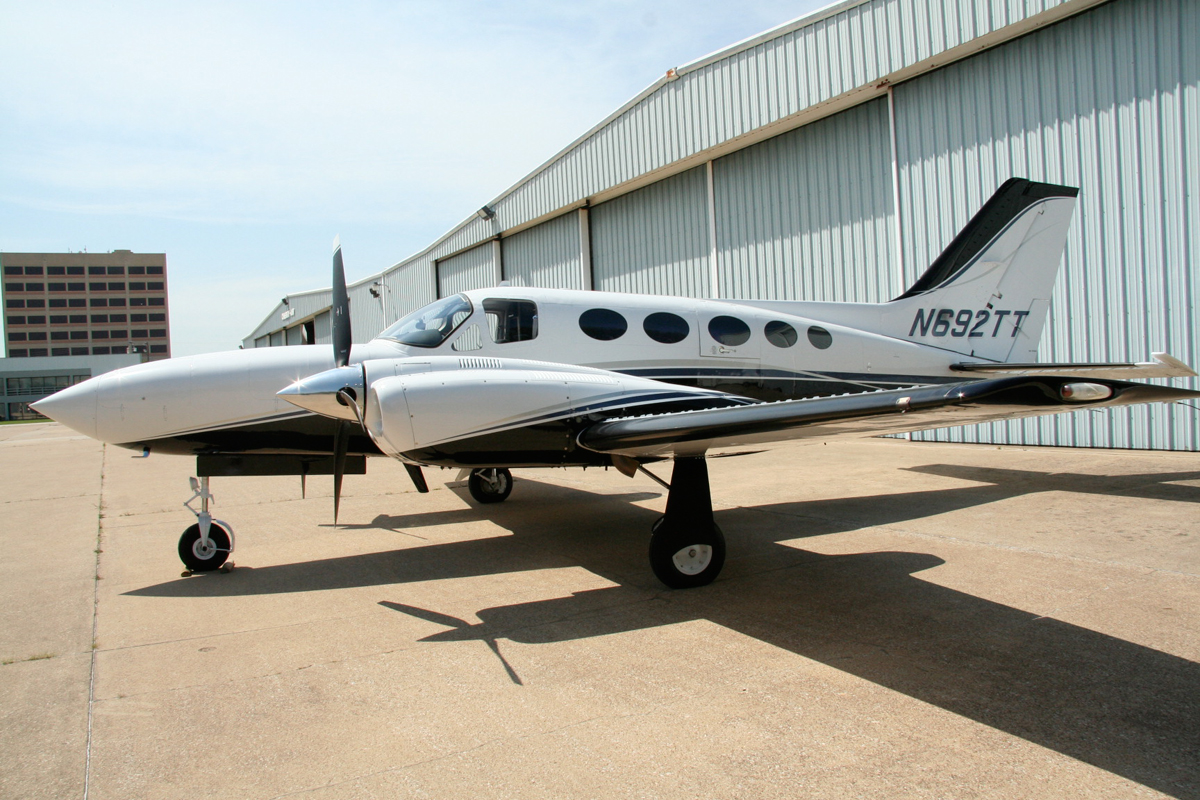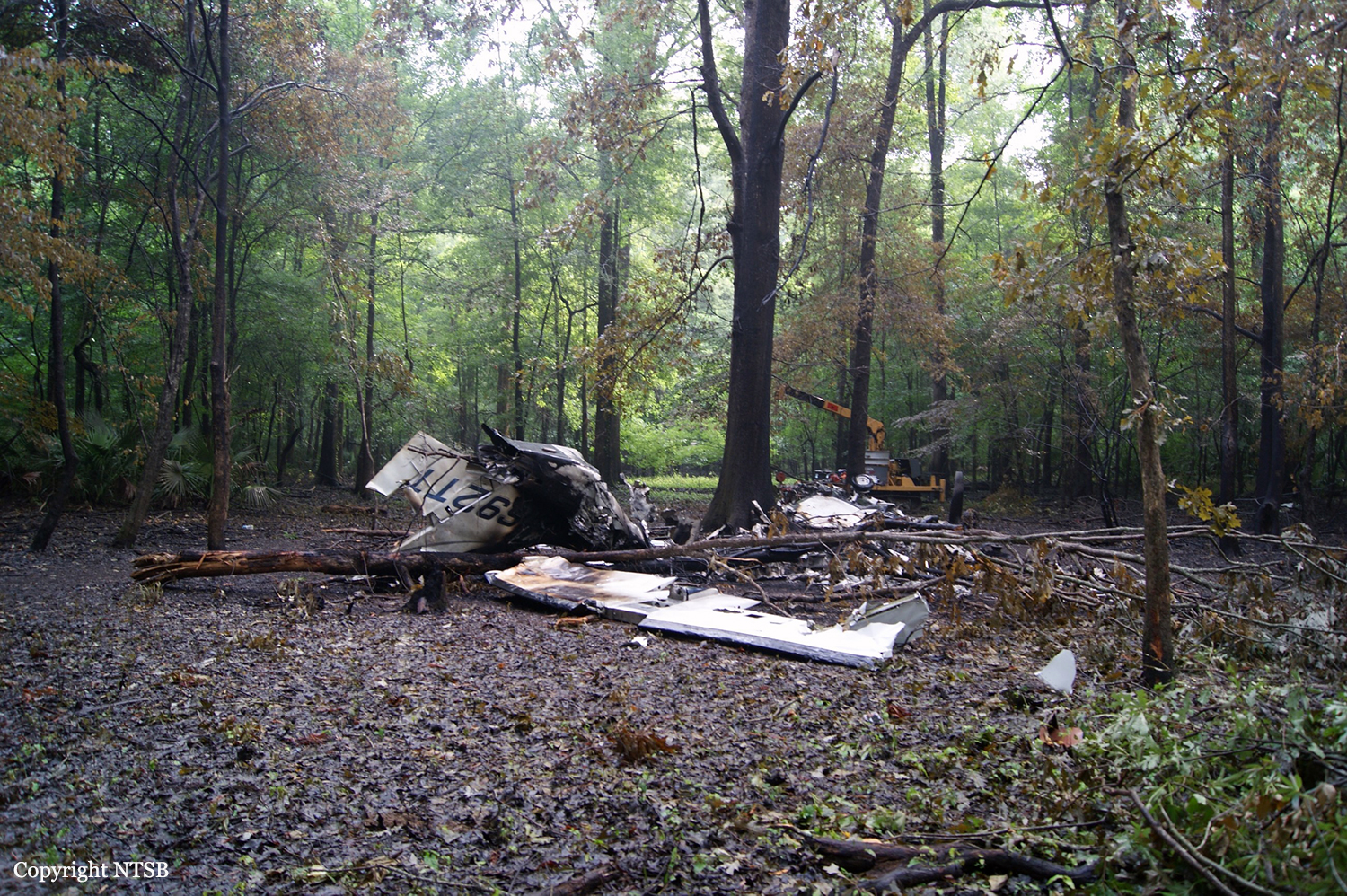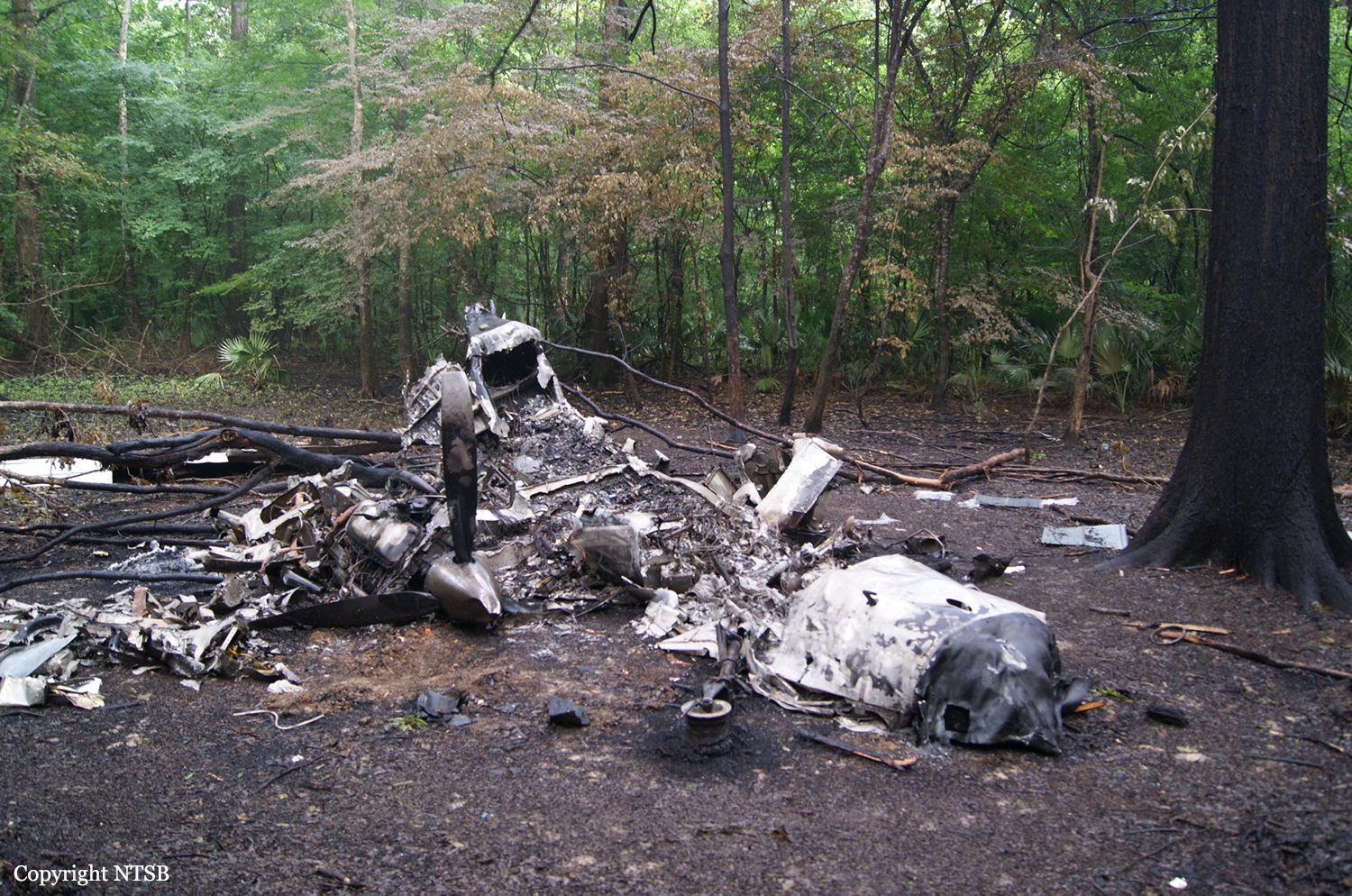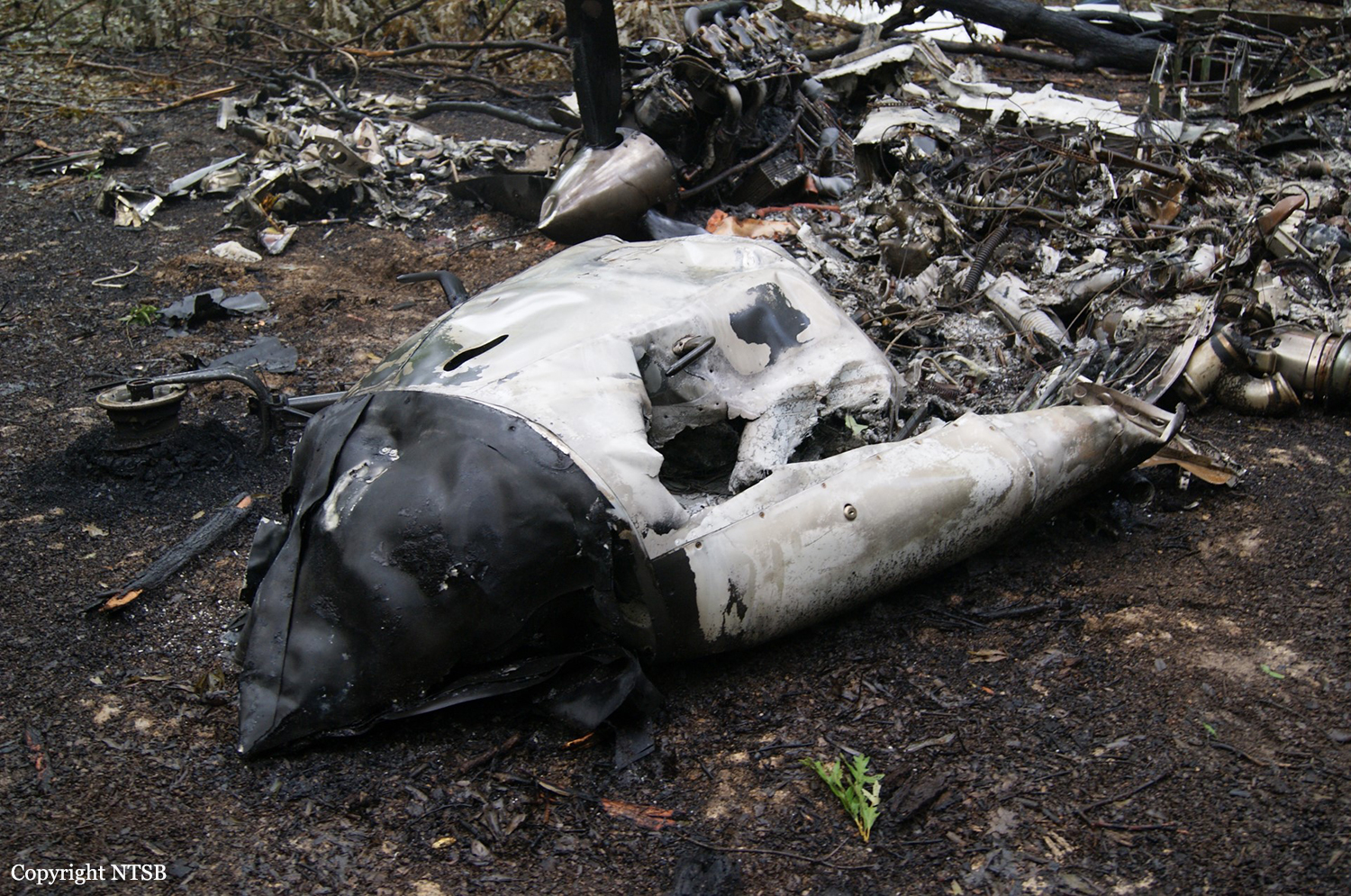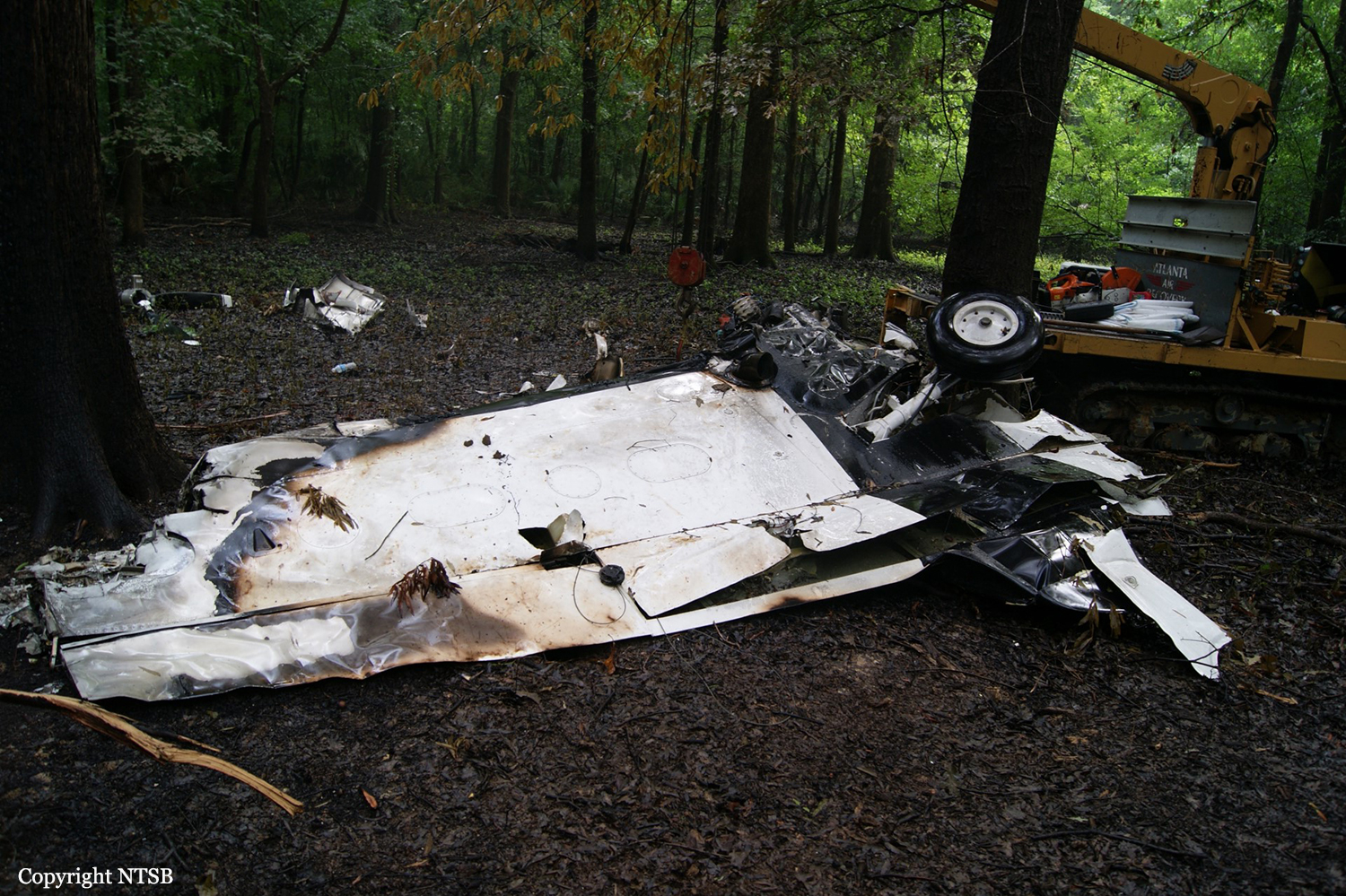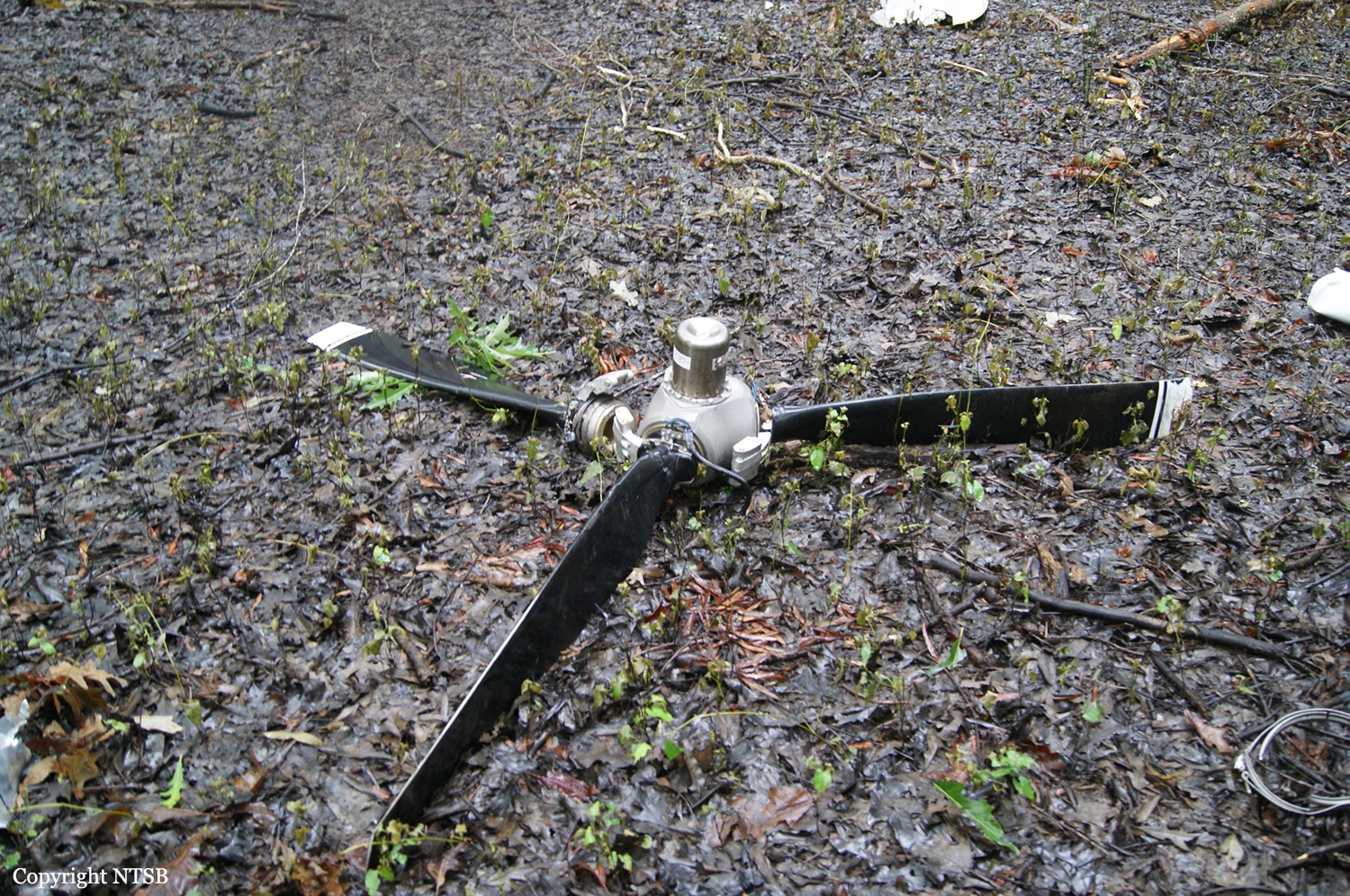Crash of a Cessna 414 Chancellor in Creve Coeur
Date & Time:
Jun 26, 2014 at 0457 LT
Registration:
N1552T
Survivors:
Yes
Schedule:
Creve Cœur – Hopkinsville
MSN:
414-0267
YOM:
1972
Crew on board:
1
Crew fatalities:
Pax on board:
0
Pax fatalities:
Other fatalities:
Total fatalities:
0
Captain / Total hours on type:
90.00
Aircraft flight hours:
7626
Circumstances:
The pilot reported that, shortly after takeoff, the twin-engine airplane's left front baggage door opened. He attempted to return to the airport, but the left engine lost engine power while the airplane was on the downwind leg of the traffic pattern. The airplane subsequently impacted power lines and terrain. An explosion occurred during the impact sequence, and a fire ensued that almost completely consumed the airframe. Tear down examination of the right engine revealed no anomalies. A test run of the left engine revealed no anomalies; however, due to impact and fire damage, it was not possible to fully test or examine the left engine's fuel system. The reason for the left engine’s loss of power could not
be determined.
be determined.
Probable cause:
The loss of left engine power for reasons that could not be determined due to impact and fire damage.
Final Report:
